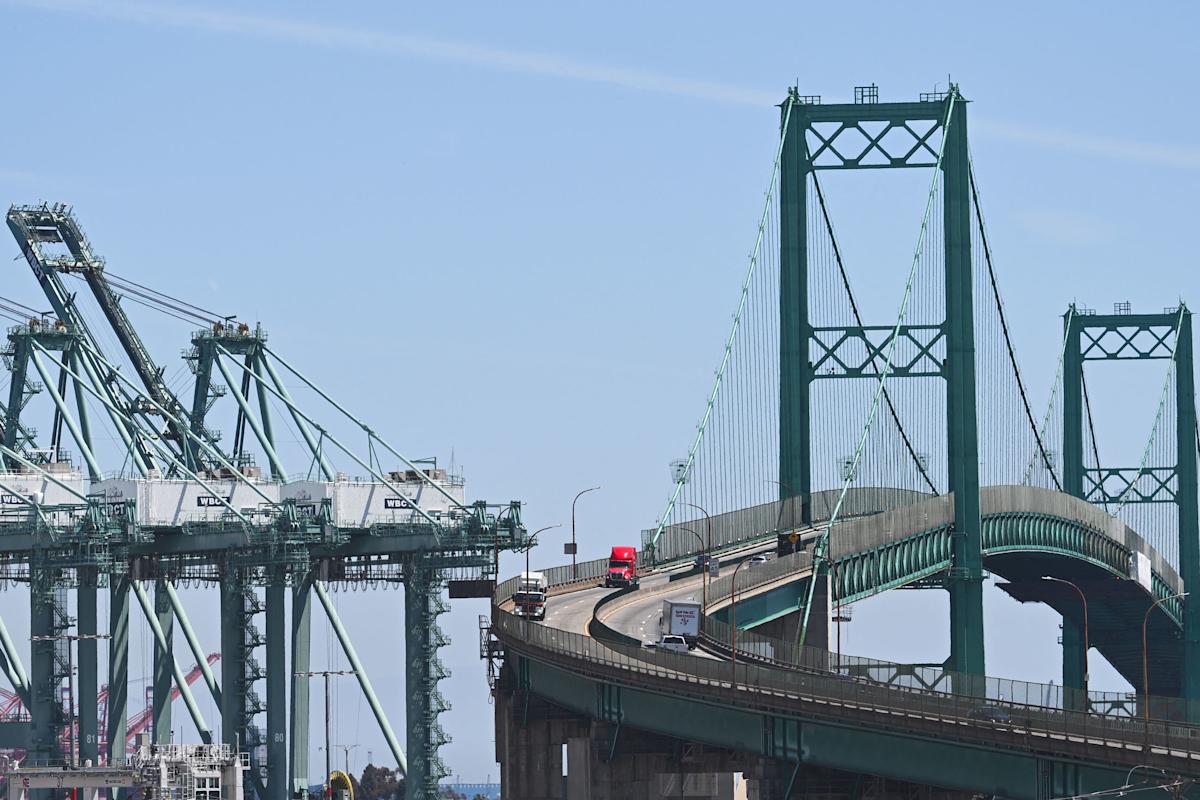Treasuries have rallied since a flare-up in trade talks between the US and China.
(Bloomberg) — Treasuries were steady, with two-year yields hovering around the lowest since April’s tariff-fueled market chaos, amid bets the Federal Reserve will cut interest rates again this month.
Most Read from Bloomberg
The 10-year Treasury yield slipped about 1 basis point to 4.02%. The rate on two-year notes, the coupon maturity most sensitive to expectations for Fed policy, fell to roughly 3.46%, roughly matching the lowest since the aftermath of President Donald Trump’s rollout of sweeping tariffs in early April stoked recession concerns.
Treasuries have rallied since the latest flare-up in trade tension between the US and China prompted renewed demand for US government debt as a haven. Yields are down more than 10 basis points since late last week and Fed Chair Jerome Powell on Tuesday suggested the central bank is on track to cut again when officials meet Oct. 28-29 amid signs of weakness in the labor market. Sticky inflation, however, is muddying the outlook further out.
“Powell’s comments on Tuesday have cemented expectations for another 25 bp rate cut later this month – which remains effectively fully priced in, as does a comparable move in December,” BMO Capital Markets strategists wrote in a note Wednesday. “The prospects for cuts in January and March are currently far less certain.”
Bond markets were broadly stronger worldwide. Longer-term Japanese debt climbed after firm demand at a 20-year government-bond auction, while French notes rose on optimism that the French government will survive the country’s latest political turmoil.
Additional comments from Powell signaling that the central bank may soon stop shrinking its balance sheet also helped Treasuries.
According to Michael Brown, senior research strategist at Pepperstone, Treasury yields at current levels suggest investors expect the fed funds rate to fall to 3% around the middle of next year, from a range of 4% to 4.25% now.
As a result, yields are unlikely to fall much further for now, unless another tariff-induced shock triggers a flight to safety, Brown said.
“The most obvious near-term candidate for further gains would be another growth scare if Trump’s 100% tariff threats start to look like more of a realistic possibility,” he said, referring to the president’s threat of higher levies on China.
